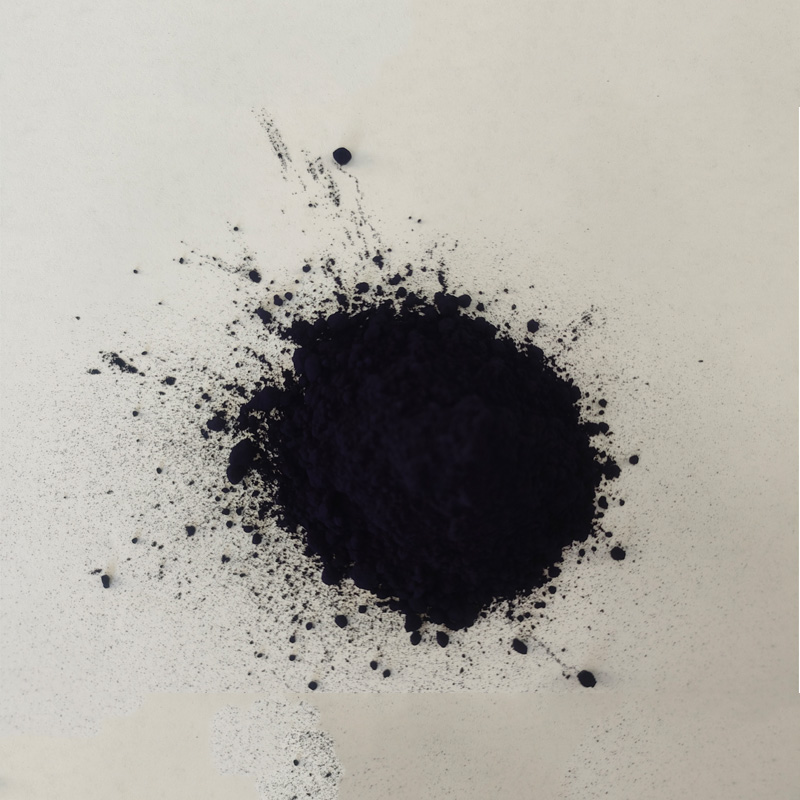indigo dyed fabric products
The Beauty and Craft of Indigo Dyed Fabric Products
Indigo dyed fabric products have a storied history, rich in cultural significance and artistry. This ancient dyeing technique, utilizing the indigo plant, has captivated artisans and consumers alike for centuries. From textiles to fashion accessories, indigo dyed products embody a unique aesthetic that transcends mere functionality, providing a visual and tactile experience that celebrates tradition and craftsmanship.
The Origins of Indigo Dye
Indigo dyeing dates back thousands of years, with traces found in ancient Egypt, India, and Japan. The deep blue hue of indigo has made it a popular choice across cultures, symbolizing wealth, prosperity, and tranquility. The dye is derived from the leaves of the indigo plant (Indigofera), which is processed to create a pigment that can withstand the test of time.
The indigo dyeing process can be intricate, often involving fermentation and oxidation. Fabrics must be dipped in the dye multiple times to achieve the desired depth of color. This labor-intensive method not only fosters a unique appearance but also creates a connection between the maker and the material.
Artistry in Indigo Textiles
Indigo dyed fabrics are known for their distinctive patterns, often achieved through various dyeing techniques such as shibori, tie-dye, and batik. Shibori, a Japanese technique, involves folding, twisting, or bunching fabric before dyeing it, resulting in intricate designs. Batik, on the other hand, uses wax to resist dye, allowing for beautiful, detailed patterns.
Each technique varies in complexity and results in fabrics that tell a story of where they come from and the hands that crafted them. The imperfections and variations in color are celebrated, showcasing the uniqueness of each piece. In this way, indigo dyeing becomes not just a craft, but a form of art.
Modern Applications of Indigo Dyed Fabrics
indigo dyed fabric products

In contemporary fashion, indigo dyed products have surged in popularity, appealing to consumers’ desires for sustainability and uniqueness. From denim jeans to scarves, home decor, and accessories, the versatility of indigo dyed fabric is apparent.
Brands dedicated to sustainable practices have embraced indigo dyeing, recognizing its eco-friendly nature when compared to synthetic dyes. Natural indigo has lower environmental impact, especially when sourced from ethical suppliers. As consumers grow more conscious of their purchasing decisions, the appeal of handmade indigo products only continues to rise.
The fusion of traditional techniques with modern design has led to a revitalization of indigo dyed textiles. Designers frequently incorporate indigo patterns and dyes into contemporary fashion, creating fresh iterations that resonate with both younger and older generations. This bridging of old and new not only keeps the craft alive but also enriches the global cultural narrative surrounding indigo.
The Cultural Significance of Indigo
Indigo dyed fabrics are often intertwined with cultural heritage. In many communities, the craft is passed down through generations, embodying local traditions and identities. For example, in West Africa, indigo dyeing is used in ceremonial clothing, while in Japan, it plays a vital role in creating garments that represent the country’s rich textile history.
Moreover, indigo has historically been associated with social status, as it was once an expensive dye that could only be afforded by the elite. This signifies the importance of indigo in understanding economic and social dynamics within various cultures.
Conclusion
Indigo dyed fabric products are more than just items of clothing or home decor; they are vibrant embodiments of history, technique, and community. The age-old practice of indigo dyeing continues to evolve, finding its place in modern life while preserving the artistry and stories of generations past. Consumers today are increasingly drawn to these products, not only for their aesthetic appeal but for their rich cultural significance and the sustainable practices often associated with them. As we embrace the beauty of indigo dyed fabrics, we connect with a global tradition that celebrates both creativity and heritage.
-
The Timeless Art of Denim Indigo Dye
NewsJul.01,2025
-
The Rise of Sulfur Dyed Denim
NewsJul.01,2025
-
The Rich Revival of the Best Indigo Dye
NewsJul.01,2025
-
The Enduring Strength of Sulphur Black
NewsJul.01,2025
-
The Ancient Art of Chinese Indigo Dye
NewsJul.01,2025
-
Industry Power of Indigo
NewsJul.01,2025
-
Black Sulfur is Leading the Next Wave
NewsJul.01,2025

Sulphur Black
1.Name: sulphur black; Sulfur Black; Sulphur Black 1;
2.Structure formula:
3.Molecule formula: C6H4N2O5
4.CAS No.: 1326-82-5
5.HS code: 32041911
6.Product specification:Appearance:black phosphorus flakes; black liquid

Bromo Indigo; Vat Bromo-Indigo; C.I.Vat Blue 5
1.Name: Bromo indigo; Vat bromo-indigo; C.I.Vat blue 5;
2.Structure formula:
3.Molecule formula: C16H6Br4N2O2
4.CAS No.: 2475-31-2
5.HS code: 3204151000 6.Major usage and instruction: Be mainly used to dye cotton fabrics.

Indigo Blue Vat Blue
1.Name: indigo blue,vat blue 1,
2.Structure formula:
3.Molecule formula: C16H10N2O2
4.. CAS No.: 482-89-3
5.Molecule weight: 262.62
6.HS code: 3204151000
7.Major usage and instruction: Be mainly used to dye cotton fabrics.

